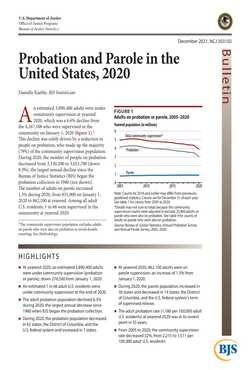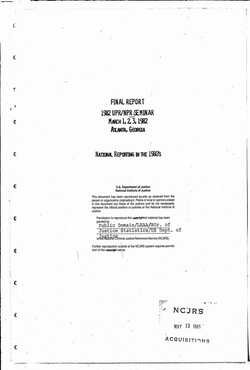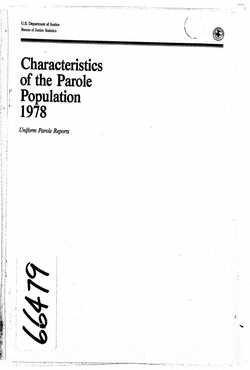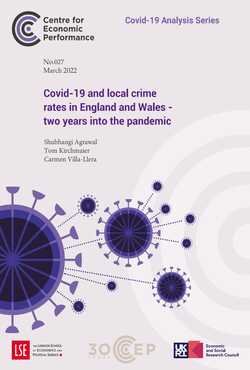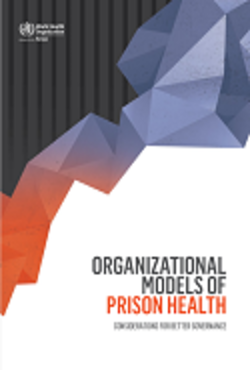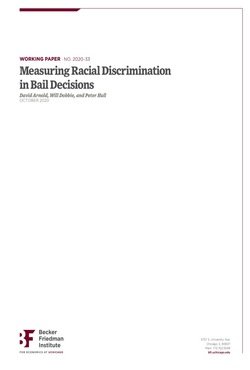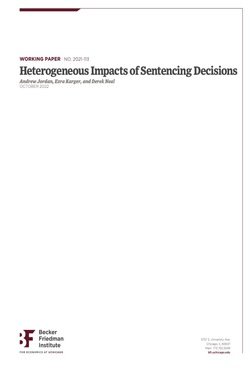By Shannon Tomascak, Preeti Chauhan, and Allie Meizlish
In this report, the Data Collaborative for Justice (DCJ) examines how criminal summons issuance and outcomes have changed in New York City from 2003 to 2019, adding six years of data to update DCJ’s prior report on criminal summons enforcement between 2003 and 2013. This new report builds on DCJ’s prior research by: (1) examining trends in criminal summons issuance and outcomes within the context of significant policy reforms including the implementation of the Criminal Justice Reform Act (CJRA) and changes in marijuana enforcement; (2) assessing trends in summonses by charge type, demographics, borough, warrant issuance, and dispositions; and (3) focusing on the most recent year of data (2019) to help the public and policymakers assess recent enforcement of criminal summonses and identify opportunities for further reform.
New York: The Data Collaborative for Justice (DCJ) at John Jay College of Criminal Justice, 2020. 47p.








